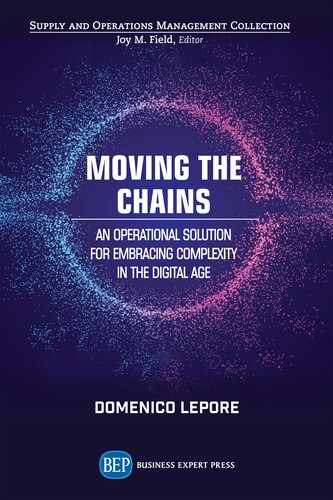American Football is not something I grew up with; it is an acquired taste developed in the last 20 years of frequenting and eventually living in North America. I was drawn into it by a friend who was very knowledgeable; he made me understand some of the intricacies of the game and spurred an interest that I cultivated over the years.
Football is a highly complex game that requires a truly systemic view of the organization; from the owner to the people that run the cafeteria, hundreds of individuals and variables have to be orchestrated to create something that is more than the sum of its (fast-moving) parts. A Football team is an ongoing network of projects with one, well-understood goal: Moving the Chains.
This is what successful organizations do: they have a plan and they execute on the plan. And when the going gets tough, to quote the iconic Bill Belichick, “they grind it out and they find a way to win.” The inches they need are everywhere.
But in order to do so, organizations, in life and in football, need stability and focus: a well-laid out system and a leverage point they must exploit and subordinate to. Only in this way can they take the maximum out of the ingenuity, talent, and commitment of their people.
The goal of this book is to provide a conceptual framework and a set of guidelines for the development of an organizational design that can move the chains faster and replace the outdated, yet still prevailing, hierarchical/functional model.
This new design, which we call the “Network of Projects,” is the offspring of a management paradigm that sees Quality of all work processes, people’s active Involvement, and accelerated Flow of cash generation as the foundational elements for an effective and sustainable organization in this day and age.
The ever-growing level of complexity and interconnectedness of our times can be, at least partially, addressed by organizations with a well thought out use of digital technologies. It is imperative, though, to understand that digital technology requires a very profound rethinking of the way we work, and leaders cannot shy away from the responsibilities that come with this awareness.
Moving the Chains is primarily, yet not exclusively, aimed at decision makers. It has the ambition to engage the reader in a dialogue on what, ultimately, is in today’s world the meaning of leadership; value chains grow exponentially in complexity; digitization imposes a speed on human activities never seen before in history; and a more and more decentralized, informed, and tech-savvy workforce demands a new covenant with their work.
Moving the Chains is not about a new management technique. It is about a too long overdue epistemological stance on how humans can meaningfully work together to accomplish complex endeavors. To do so, the author has leveraged the unparalleled contribution to the science of management provided by Dr. W. Edwards Deming and Dr. Eliyahu M. Goldratt, of blessed memory.
Their towering intellect and monumental body of knowledge provide the foundation for designing and guiding complex networks of value-added activities and paves the way for an entirely new approach to a New Economics based on sustainability and meaningfulness.
